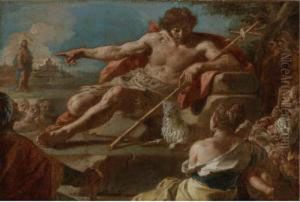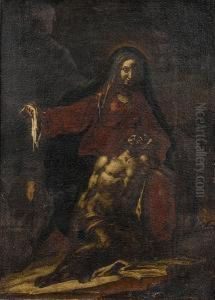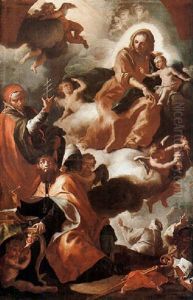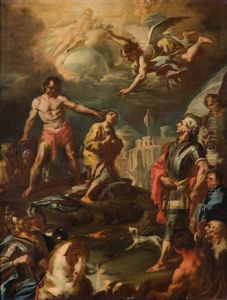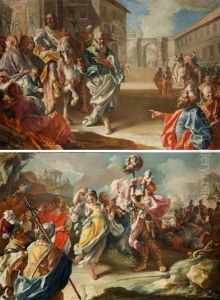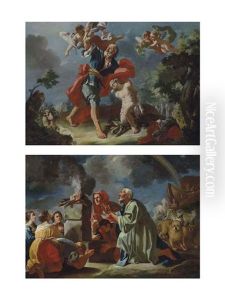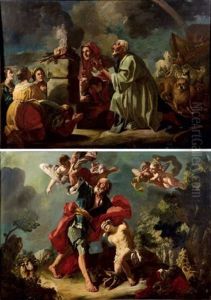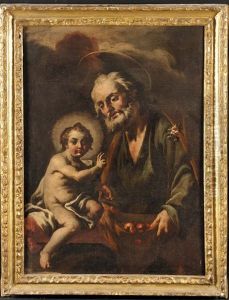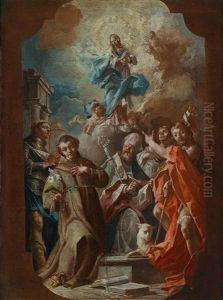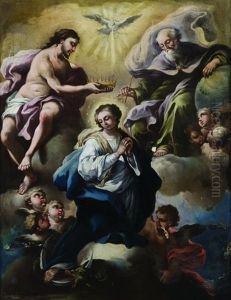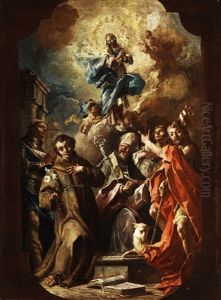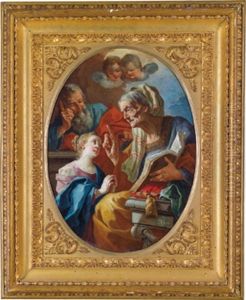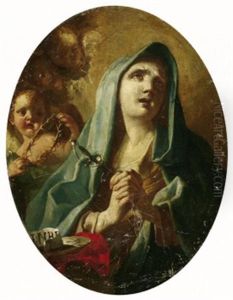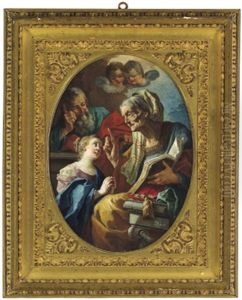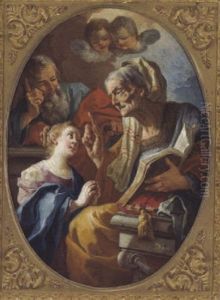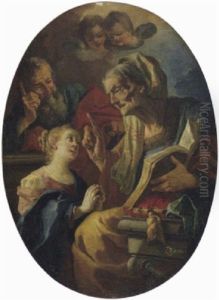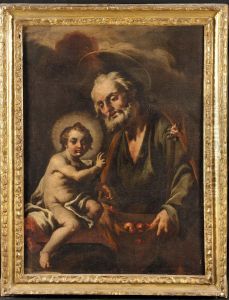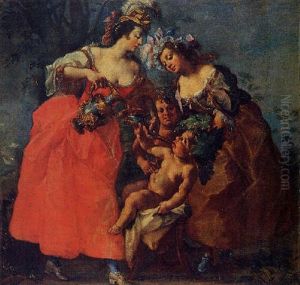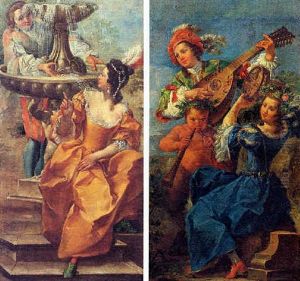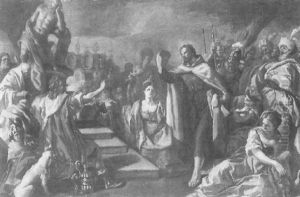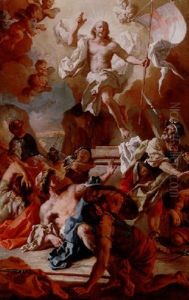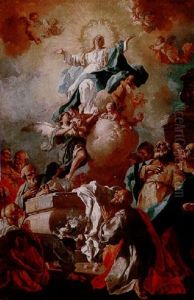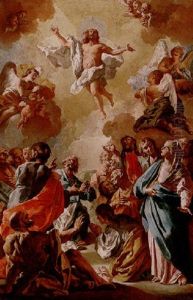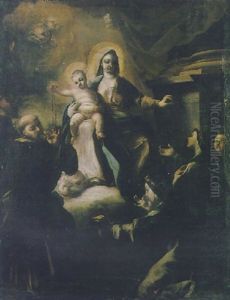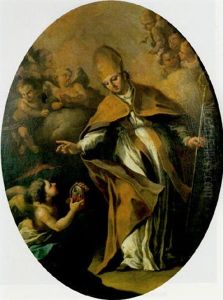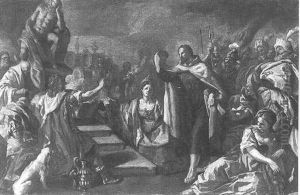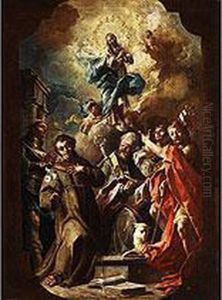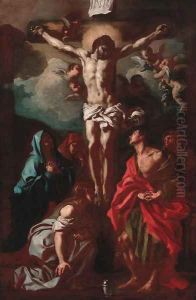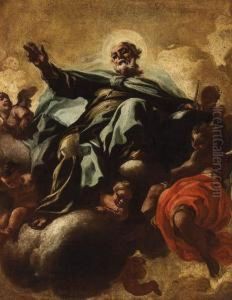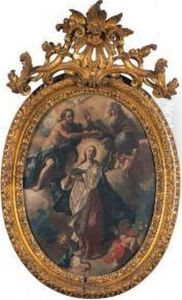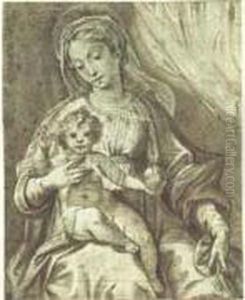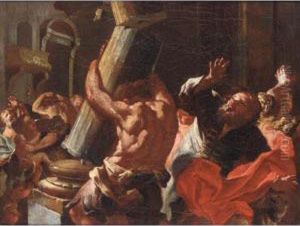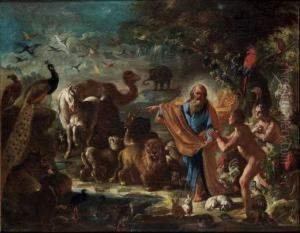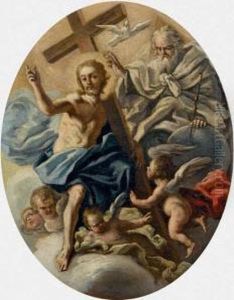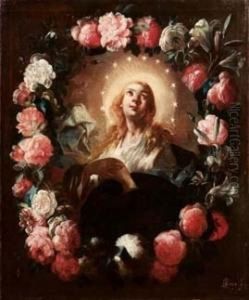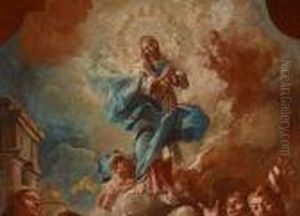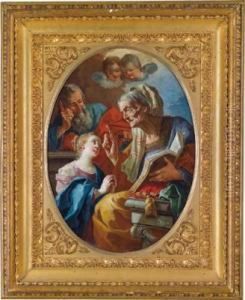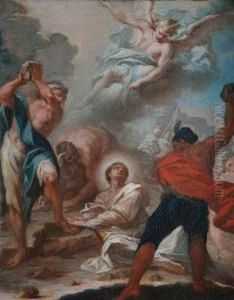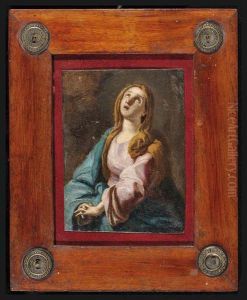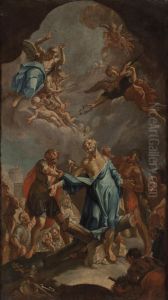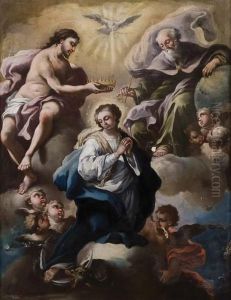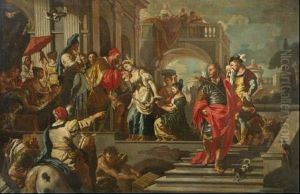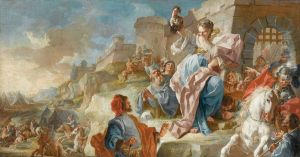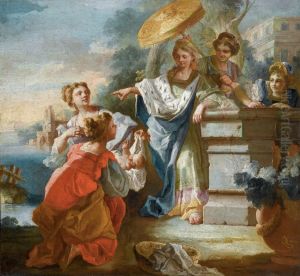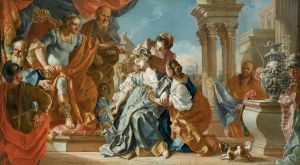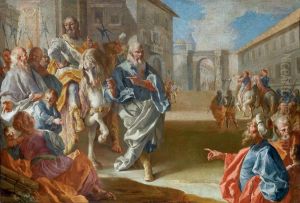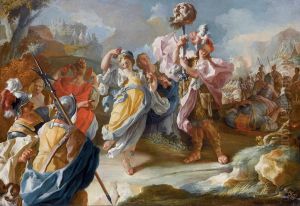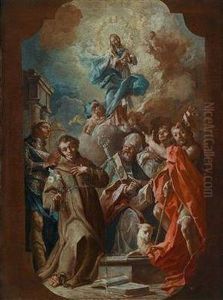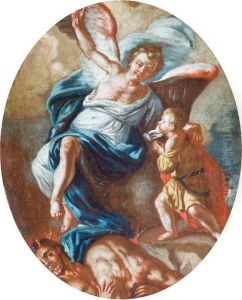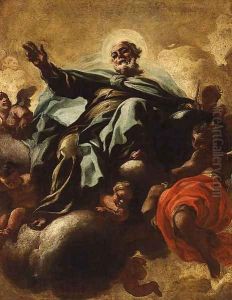Lorenzo De Caro Paintings
Lorenzo De Caro was an Italian painter active during the early 18th century, primarily in his hometown of Naples. He was born in the 1680s, although the exact year of his birth is not well-documented. De Caro was known for his work in the late Baroque period, which is also referred to as the Rococo period in the context of the decorative arts.
Lorenzo De Caro was a pupil of Francesco Solimena, one of the most prominent Neapolitan painters of the time, who had a significant influence on his style. De Caro's works are characterized by their dynamic compositions, vivid colors, and the dramatic use of light and shadow, typical of the Baroque aesthetic. He was adept at religious scenes, which were in high demand during this era, but he also created genre paintings that depicted everyday life with a sense of immediacy and realism.
Despite his talent, De Caro did not achieve the same level of fame as some of his contemporaries. However, he was well-respected in Naples and received commissions from various churches and local patrons. His paintings can still be found in churches and museums across the city.
De Caro's career spanned a period of transition in art history, as the highly ornate Baroque style began to give way to the lighter and more playful Rococo. While he maintained a strong Baroque foundation in his work, some of his later pieces show signs of this stylistic evolution.
Lorenzo De Caro passed away in 1747, leaving behind a body of work that, while perhaps not as widely recognized as that of some of his peers, provides a valuable insight into the artistic trends and cultural milieu of 18th-century Naples.
